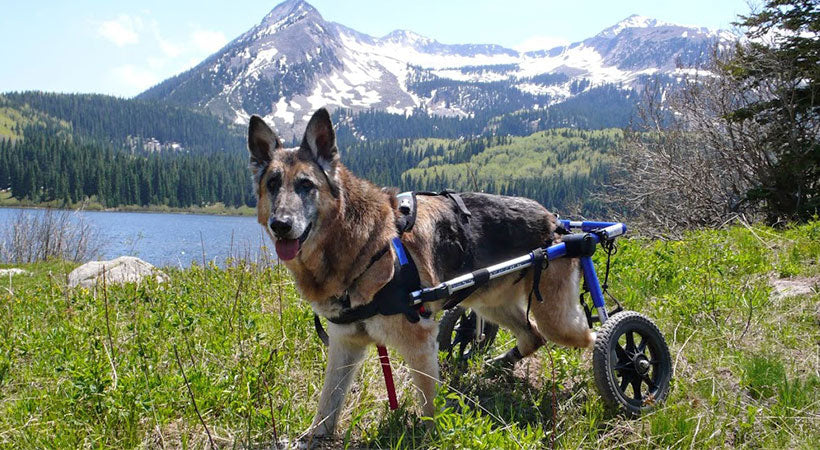Beagle Lifespan: How Long Do Beagles Live? (Life Expectancy)

Getting Your Pet Prepared for Spring
Spring has officially sprung! The warmer, sunnier days mean a lot more time spent outside with our favorite companions. Here are some things to consider in getting your pet spring-ready in no time.
Protect Your Pet
A major danger to pets is heartworm. This disease has the potential to cause lung disease, heart failure, and organ damage. Heartworm is transmitted through the bite of an infected mosquito.
As the weather gets warmer, it is worth being proactive about protecting your pet. Give them appropriate, preventive medication, especially if you have taken them off this protection throughout the winter months.
The warmer weather provides perfect conditions for heightened mosquito reproduction and survival rates. The more time spent outdoors soaking up the sun with your pet means more chances of encountering these parasites. Ensuring that your pet is using effective, preventive medication is a must.
Overheating
Extreme heat could lead to a host of problems for your pet. Heatstroke can be fatal, so it is vital you take every precaution possible to avoid this. On very hot days, take your pooch for a walk early morning or in the evenings, while the weather is at its coolest. Avoid lunchtime strolls, as these will be when the sun is at its highest, and so hottest.

The choice of paths can also be a help for your pet, opting for grass or dirt tracks over hot pavement, if possible. Hot surfaces can be tough on those paws! You might want to consider using pet boots to help protect your pet’s paws from rough, uneven ground including rocks, gravel or stone, while also protecting against extreme temperatures.
Make sure you always have water on hand. It is essential to keep your pet hydrated. Be vigilant, and look for symptoms of dehydration when outdoors: staggering, extreme panting, and raised body temperature. If you spot any of these, act quickly and take them to your nearest vet.
Shedding the Winter Weight
It’s not uncommon during the winter months to fall out of an optimal exercise routine. This, combined with seasonal overfeeding (a cheeky sausage under the dining table or an extra bowl of food here and there!), all adds up and can pile the pounds on your pet.
With the weather getting warmer, it’s the perfect opportunity to get your pets exercising out in the open to help shed their winter weight. Make sure you do this gradually! Intense training could overexert them and cause exhaustion.
Look Out for Seasonal Allergies
Animals are susceptible to seasonal allergies, just like humans. It’s important to keep an eye out for symptoms, such as sneezing, eye watering, itching, and even vomiting.
Some of the main causes for seasonal allergies are pollen, plants and flowers. Be sure to consult with your vet on the best possible treatments.
Time to Microchip
With the sunshine high in the sky, it’s very likely that your pet will be spending more time outdoors. You may not have your eyes on your pet at all times, so it’s possible that your furry friend may wander off or break out of the garden. A fail-safe measure to ensure your pet’s safe return is to microchip your pet. Microchips make it three times more likely for your pet to be returned safely!








